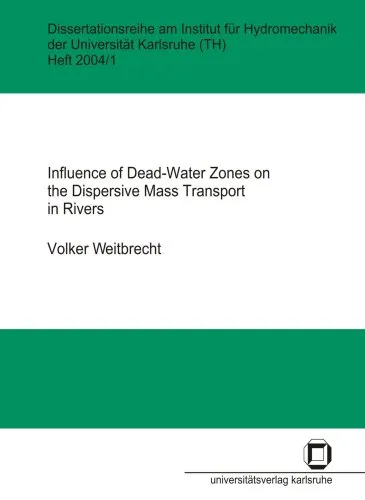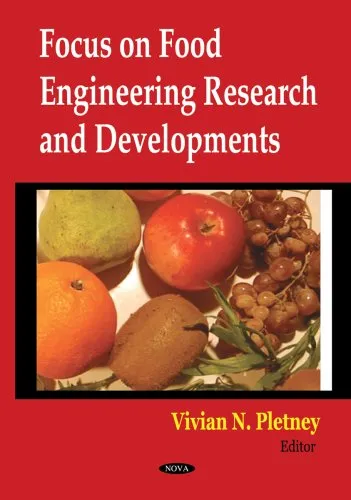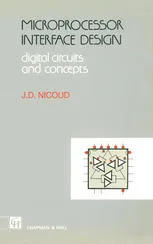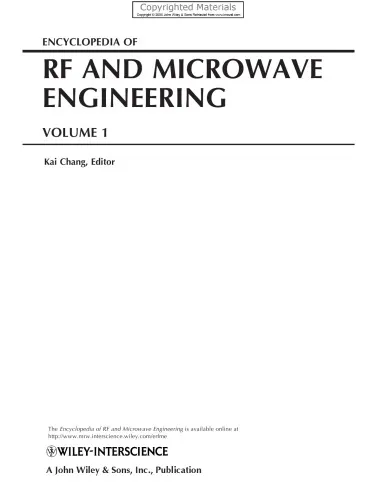Metabolic Engineering
4.7
Reviews from our users

You Can Ask your questions from this book's AI after Login
Each download or ask from book AI costs 2 points. To earn more free points, please visit the Points Guide Page and complete some valuable actions.Related Refrences:
Metabolic Engineering pp.36—43 is a pivotal section from the comprehensive scientific work authored by Yu Ai-Qun, Nina Kurniasih Pratomo Juwono, Foo Jee Loon, Leong Susanna Su Jan, and Chang Matthew Wook. This part of the book explores advanced concepts in metabolic pathway optimization, synthetic biology approaches, and the integration of systems biology into engineering of microorganisms. It highlights the crucial methodologies involved in manipulating cellular metabolism to achieve enhanced production of biochemical products, all while maintaining robustness and efficiency in industrial and laboratory settings. As such, it stands as an essential reference for researchers, academics, and professionals in biotechnology, bioengineering, and life sciences.
Detailed Summary of the Book Section
The section spanning pages 36 to 43 in Metabolic Engineering delves into targeted pathway optimization strategies that bridge the gap between theoretical designs and practical applications. Beginning with a discussion on metabolic flux analysis, the authors explain how precise quantification of pathway intermediates can steer optimization efforts. This is followed by applications of CRISPR-based genome editing to fine-tune gene expression, allowing for controlled metabolic outputs.
Moreover, the section addresses modular metabolic engineering, where pathways are divided into subunits for independent optimization. This modularity enhances the adaptability of engineered systems and supports iterative design cycles. The authors provide insights into dynamic pathway regulation through synthetic promoters and riboswitches, enabling real-time control over metabolite production.
There is a strong emphasis on computational modeling and simulation, particularly on how genome-scale metabolic models can predict the impact of modifications before laboratory implementation. By integrating omics data into these predictive models, researchers can make informed decisions on genetic interventions to achieve desired phenotypes. In addition, case studies illustrate how these approaches lead to increased yields of valuable compounds, reduced by-product formation, and improved scalability of microbial bioprocesses.
Key Takeaways
- Metabolic flux analysis is essential for identifying bottlenecks in biochemical pathways.
- CRISPR-based genome editing enables precise modifications, revolutionizing metabolic engineering workflows.
- Modular pathway optimization enhances flexibility and adaptability of engineered organisms.
- Dynamic control mechanisms, such as riboswitches, provide fine-tuned regulation in response to environmental signals.
- Computational models integrated with omics data improve the predictability and efficiency of metabolic engineering projects.
- Case studies demonstrate tangible improvements in production efficiency and industrial applicability.
Famous Quotes from the Book
While this section contains highly technical language rather than literary prose, several statements encapsulate the essence of the authors’ vision and scientific rigor:
"Metabolic engineering is not merely the adjustment of pathways; it is the orchestration of cellular functions toward a harmonized biochemical symphony."
"Genome-scale models are the map and compass for navigating the complexity of metabolic networks."
"Precision tools transform the art of strain design into a predictable and measurable science."
Why This Book Matters
This section of Metabolic Engineering reflects the forefront of biotechnology, where molecular biology meets computational sciences to design microorganisms capable of producing fuels, pharmaceuticals, and industrial chemicals more efficiently. The authors’ multidisciplinary approach—incorporating biological systems, mathematical modeling, and synthetic biology tools—provides a roadmap for the future of sustainable bio-production.
For professionals, it presents practical methodologies that can be applied directly to research and industrial projects. For academics, it offers a rich source of knowledge and case studies that illustrate theory in action. In the broader context, metabolic engineering stands as a pillar for addressing global challenges, including renewable energy generation, waste valorization, and sustainable manufacturing. By detailing actionable and proven strategies, pages 36–43 extend beyond theory to deliver tools and frameworks that can reshape industries.
In an age where bio-based solutions are increasingly critical for environmental and economic stability, the insights from this section are not only scientifically valuable but socially impactful. They empower scientists and engineers to craft precise, adaptive, and efficient bioprocesses that can meet the demands of an evolving world.
Free Direct Download
You Can Download this book after Login
Accessing books through legal platforms and public libraries not only supports the rights of authors and publishers but also contributes to the sustainability of reading culture. Before downloading, please take a moment to consider these options.
Find this book on other platforms:
WorldCat helps you find books in libraries worldwide.
See ratings, reviews, and discussions on Goodreads.
Find and buy rare or used books on AbeBooks.
1043
بازدید4.7
امتیاز0
نظر98%
رضایتReviews:
4.7
Based on 0 users review
Questions & Answers
Ask questions about this book or help others by answering
No questions yet. Be the first to ask!











